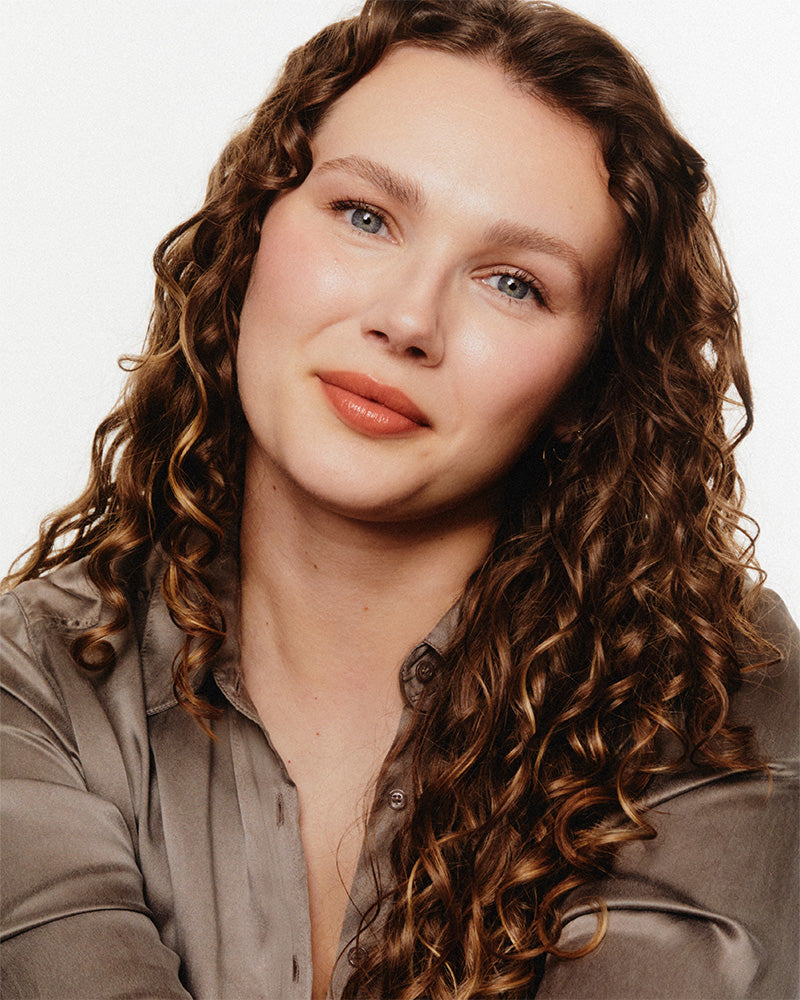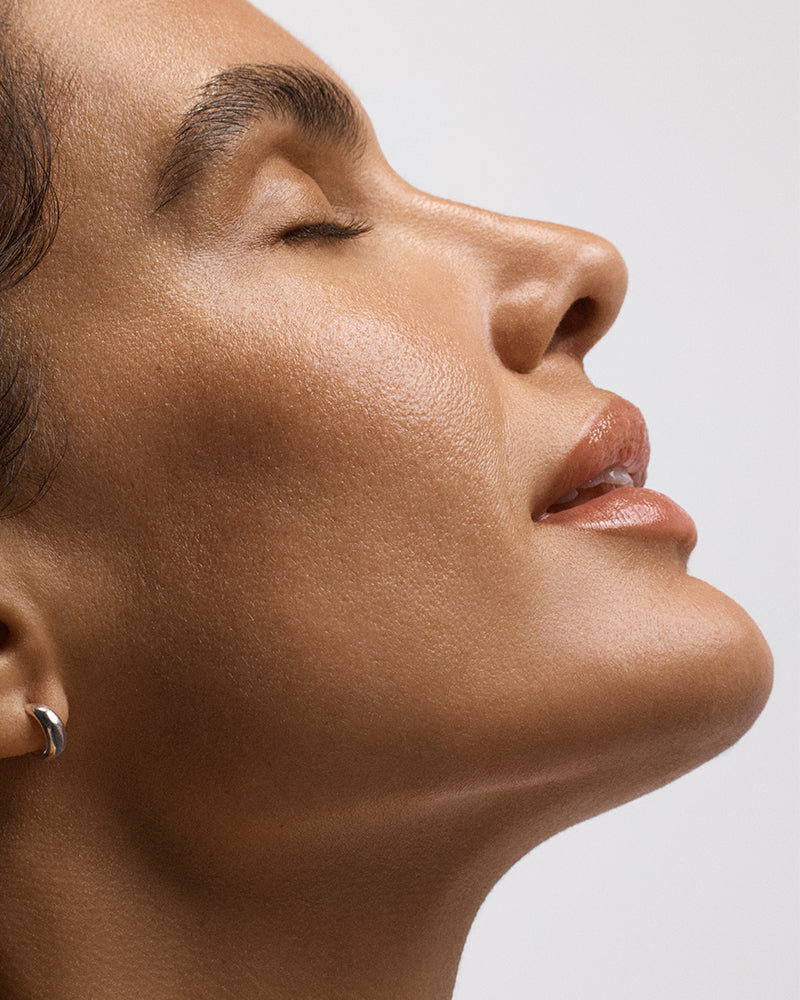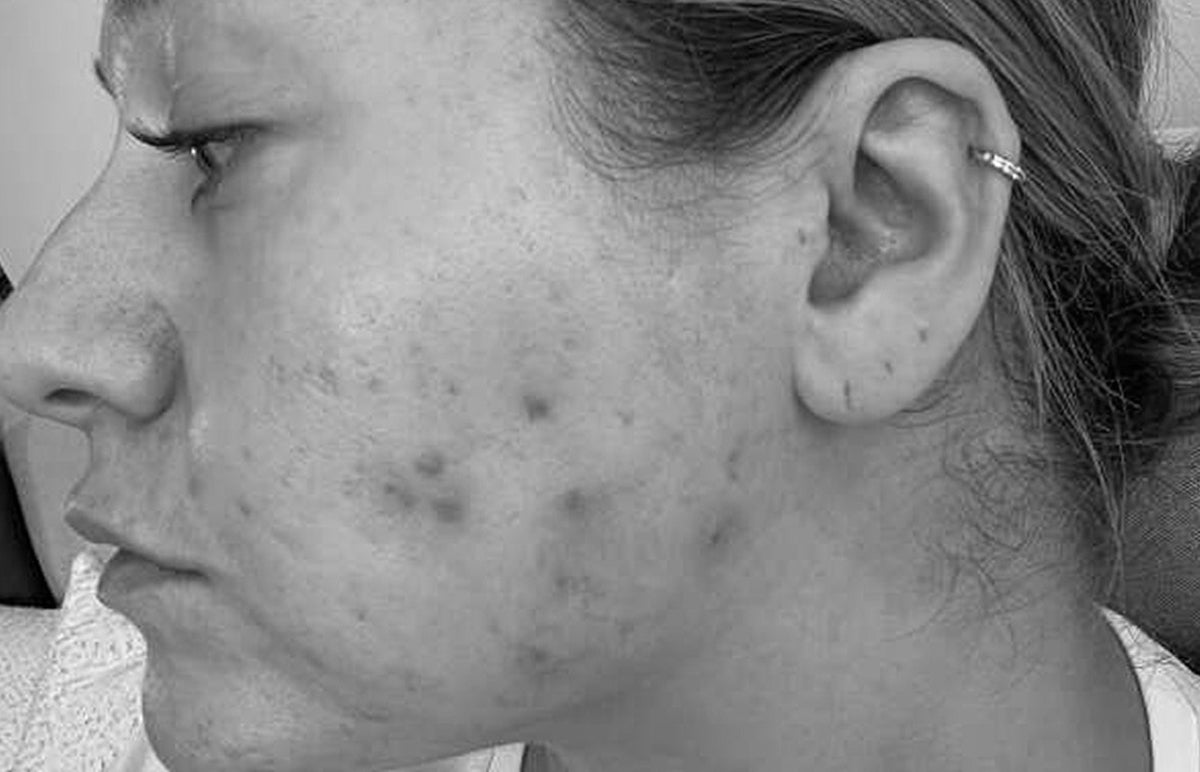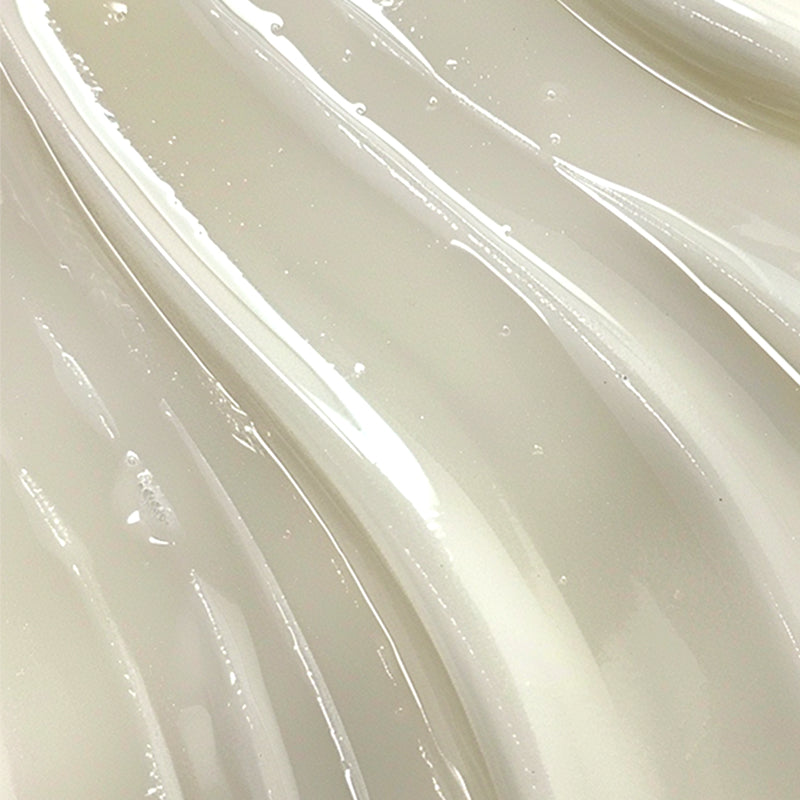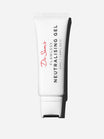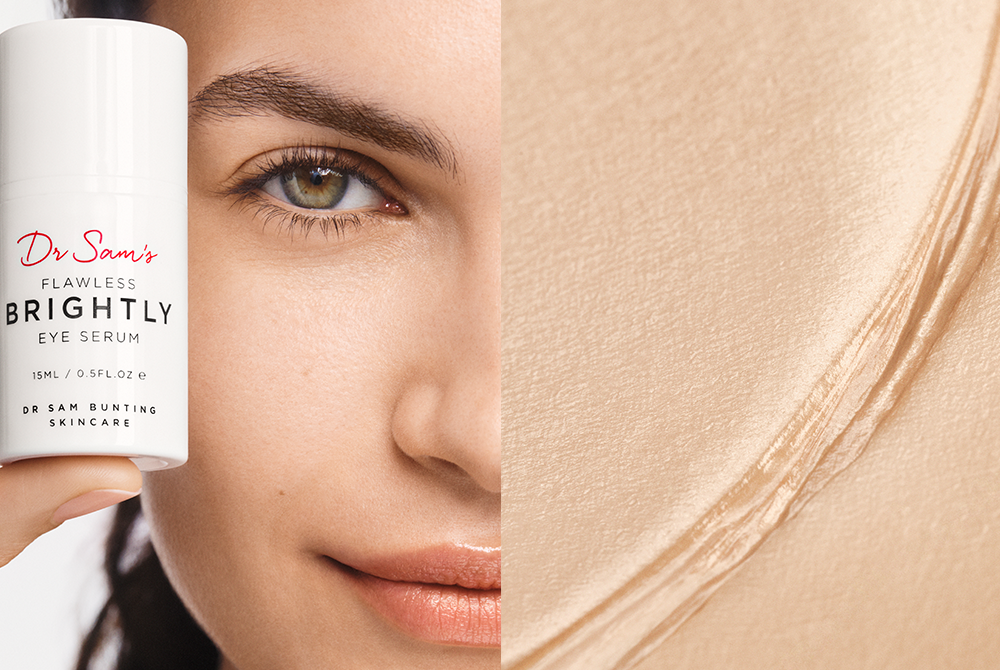Retinol, Retin-A and Retinoids - All You Need To Know About Vitamin A
Interest in retinoids has never been higher. But with so much choice, it’s also never been more confusing - how do you go about choosing the right one for your skin?
Dr Emma and I tackle this very issue in this week’s video.
Let’s break it down into 2 easy groups - those available over the counter and those available on prescription. Where you start is of course influenced by a) what you’re treating and b) what your skin-type is.
Non-prescription Retinoids
Firstly, retinoid is the family name for all vitamin A derivatives. This includes all of them, both prescription and non-prescription. Retinol is a retinoid. So is Retin-A (or tretinoin, as it's known by its generic name). So far, so easy.
So why start with a non-prescription retinoid?
Well, for many this will be the easiest way to build confidence starting out by yourself. All retinoids can cause a little disruption at the beginning - in a way, it’s how they shake things up. So by choosing a gentle one to start with, you condition your skin slowly. Options include retinol, retinaldehyde and the newer generation retinoids retinyl retinoate and Granactive Retinoid. Always go for a brand with transparent labelling of the percentages, so you know where you are when the time comes to escalate the dose - it’s one of the key characteristics of the Dr Sam’s range - so, for example Flawless Nightly Serum contains 2% Granactive Retinoid. Medik8 and Paula’s Choice also do this very clearly.
Once you’ve climbed the ladder, you may well be ready to move onto a prescription retinoid. Equally, if you’re treating melasma or acne, you may well benefit from starting here, as higher potency retinoids are often required.
Prescription Retinoids
This group are prescribed by a physician as they’re classed as medical drugs - so this means their efficacy is well-substantiated in clinical studies.
Differin (adapalene) is a great entry-level retinoid – in clinic we use it in mild acne with a few comedones, those with a mixed acne/rosacea picture and in those with sensitive skin.
But the most-prescribed retinoid in our clinical use is probably Retin-A (tretinoin) – it’s ideal for those concerned with both acne + anti-ageing and we use it at a strength from 0.025-0.1%. In a cream form, it’s the retinoid that delivers the biggest wow factor. By improving skin quality at the same time as lessening breakouts, clogged pores and pigmentation, it offers patients the greatest potential for transformation.
Other options do exist - Isotrex (isotretinoin) and Zorac (tazarotene) - but in practice, their benefits are often outweighed by their irritancy, so are used less frequently mainly to treat moderate to severe acne.
Bottom Line
We talk about retinoids a lot because of their fundamental ability to change the way your skin looks and behaves. Take the time to familiarise yourself with them and to give them your undivided attention when first starting out. It’s the easiest investment you’ll make in your skin, after starting daily sunscreen.
Keen to start a retinoid? Check out my step-by-step guide here. And download my Retinoid Cheatsheet here.

